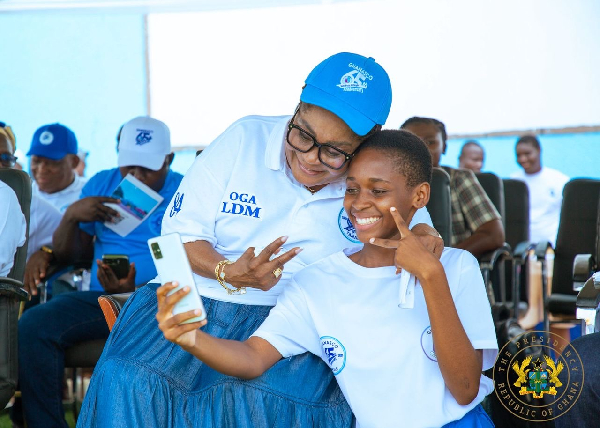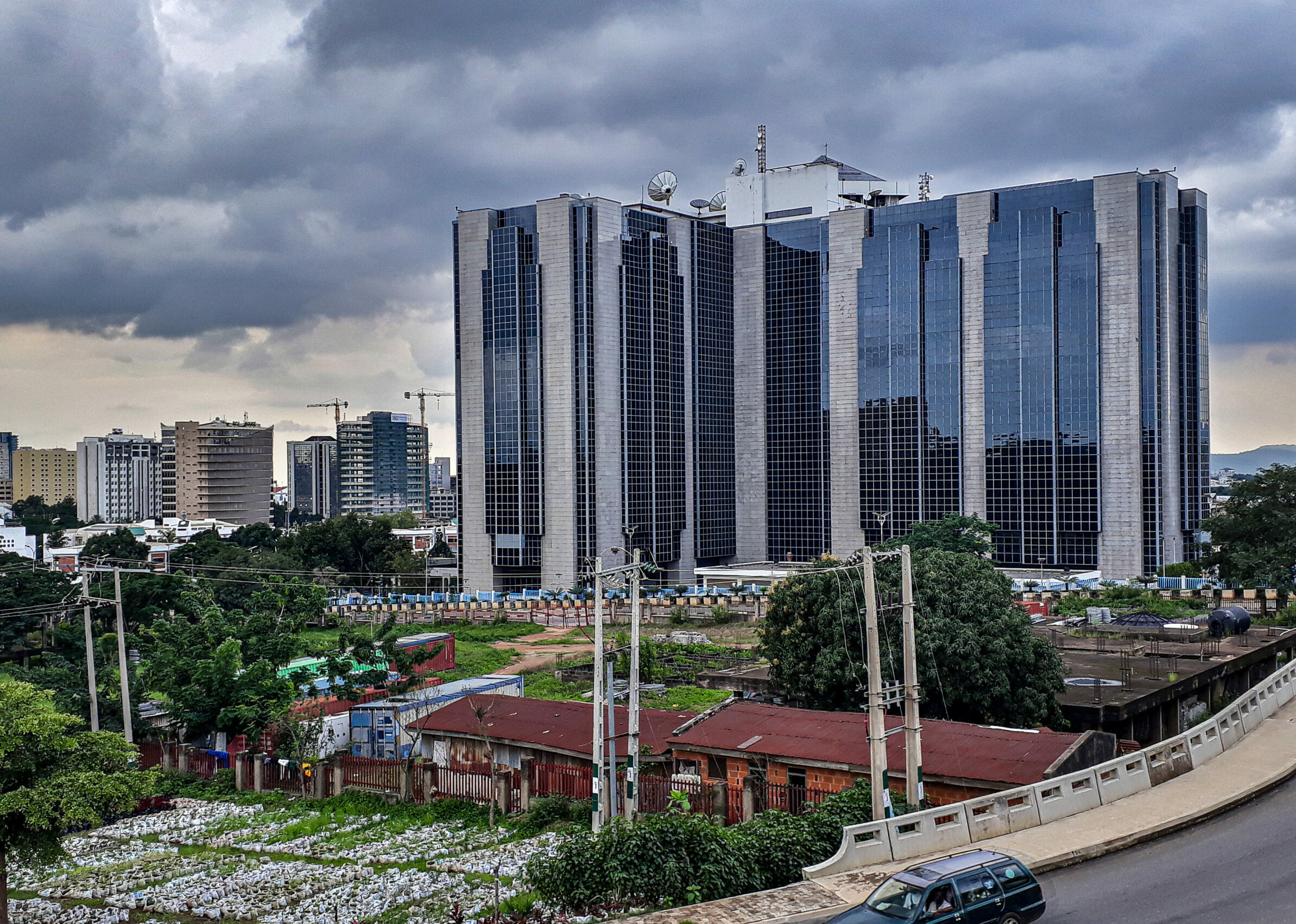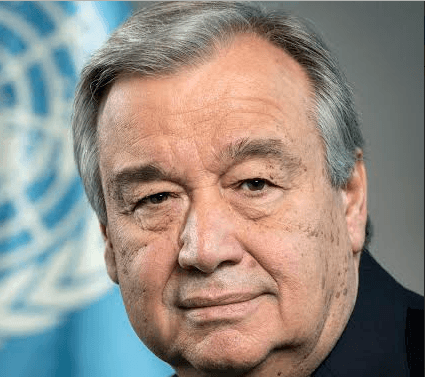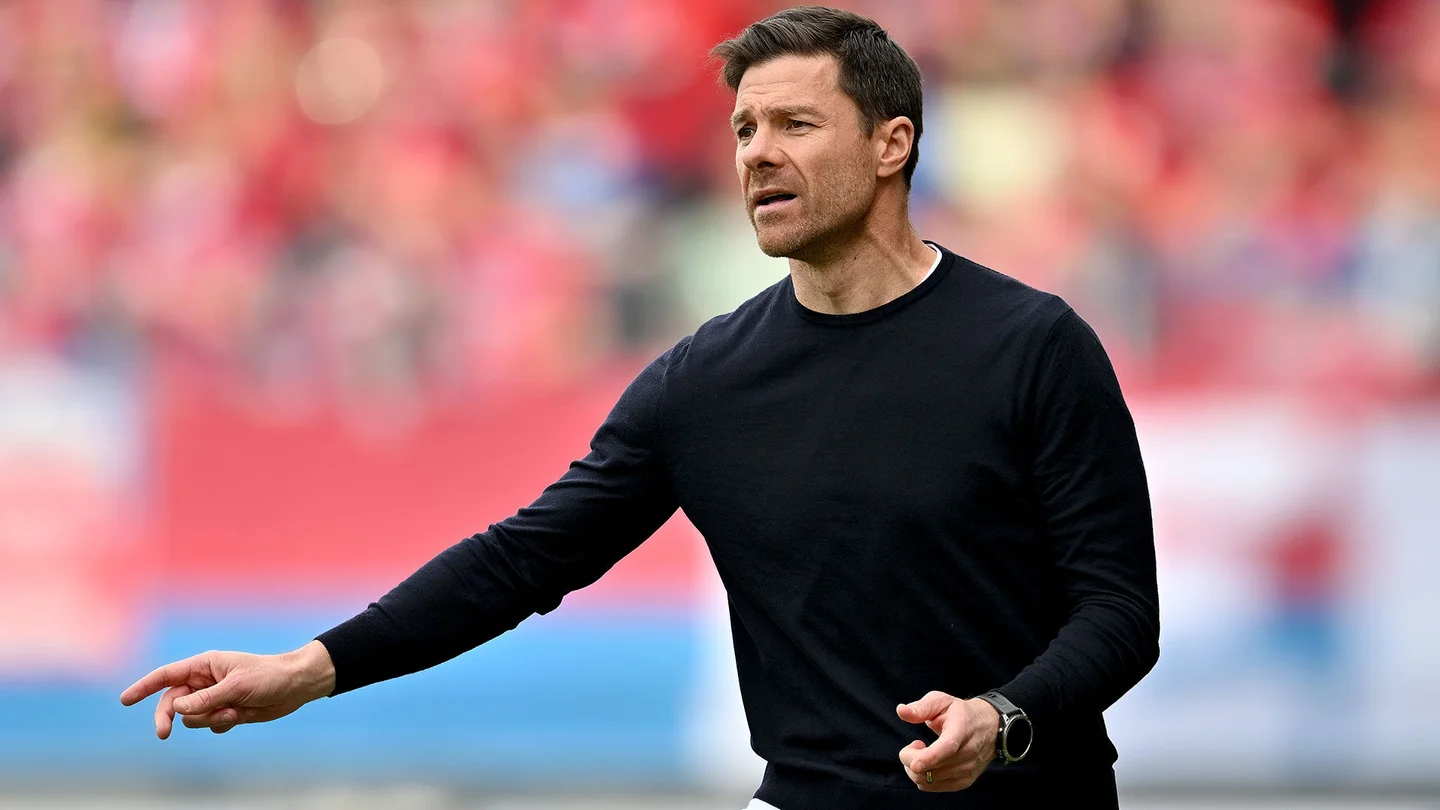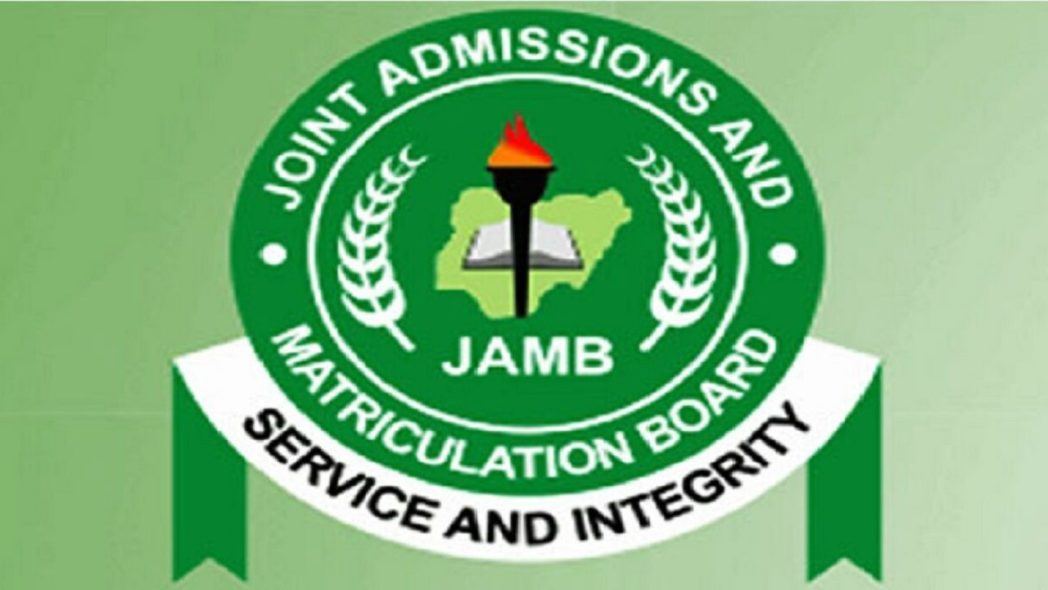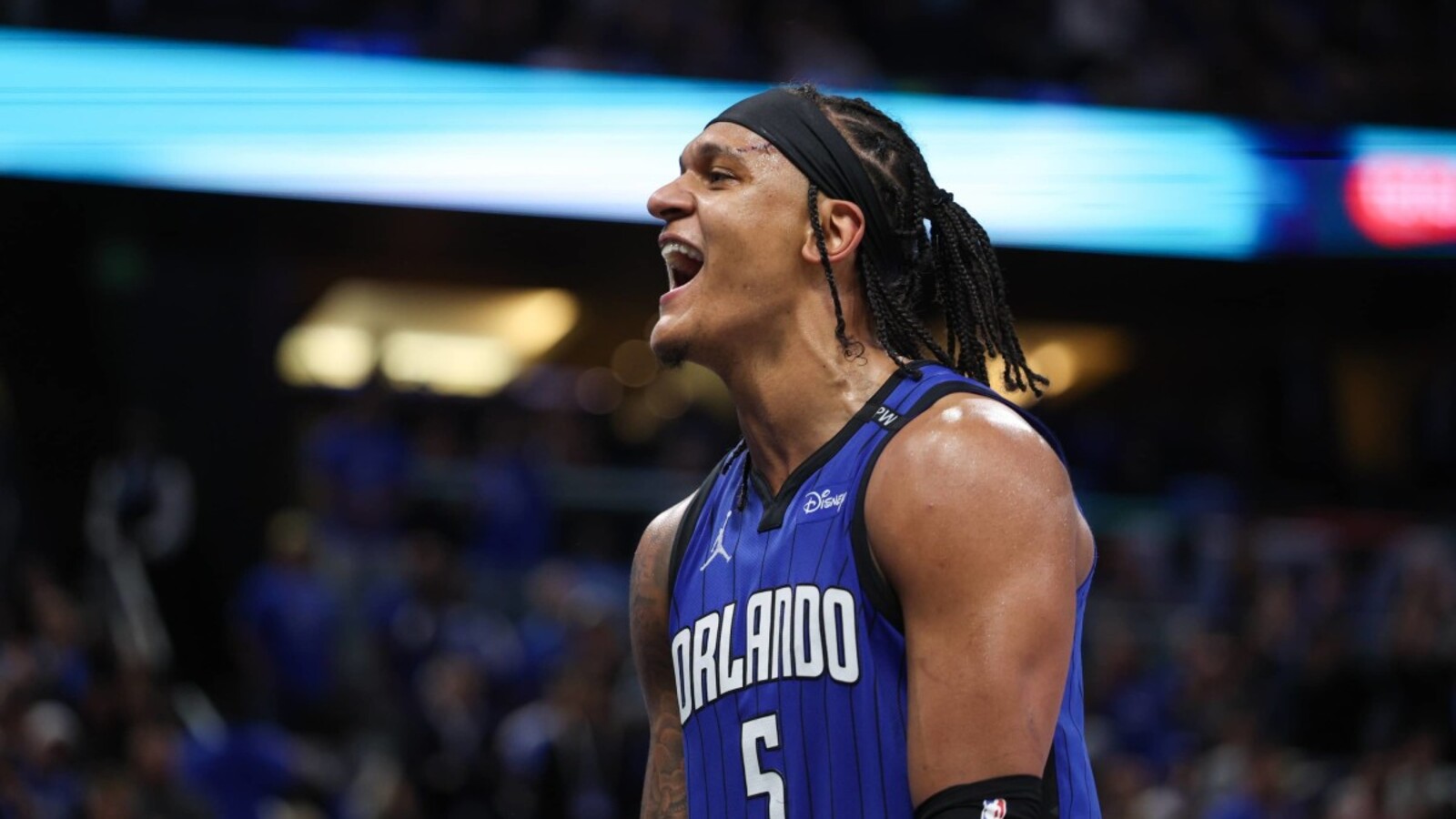NBA Rules Complicate A Sign-And-Trade For Warriors' Jonathan Kuminga
MINNEAPOLIS, MINNESOTA - MAY 08: Jonathan Kuminga #00 of the Golden State Warriors dribbles the ball ... More against the Minnesota Timberwolves in the first quarter of Game Two of the Western Conference Second Round NBA Playoffs at Target Center on May 08, 2025 in Minneapolis, Minnesota. The Timberwolves defeated the Warriors 117-93 to tie the series 1-1. NOTE TO USER: User expressly acknowledges and agrees that, by downloading and or using this photograph, User is consenting to the terms and conditions of the Getty Images License Agreement. (Photo by David Berding/Getty Images)
Getty ImagesJonathan Kuminga's future with the Golden State Warriors has never been more up in the air.
Kuminga is set to become a restricted free agent when the NBA’s new league year begins at 6 p.m. ET on. June 30. He's fresh off a season in which he averaged 15.3 points and 4.6 rebounds in only 24.3 minutes per game, although he shot a career-worst 45.4% overall and 30.5% from deep. He also began the playoffs outside of the Warriors’ rotation before injuries opened the door for him to work his way back in, which begs the question of whether he’ll start next season in the Bay Area.
Unfortunately for Kuminga, this offseason is a terrible time to become a free agent. One veteran player agent told ESPN's Brian Windhorst that he’s preparing his clients for "a free-agent recession" because the Brooklyn Nets are the only team projected to have significant salary-cap space.
A sign-and-trade thus may be Kuminga’s best chance to land a bigger role and the contract he’s hoping for. However, a pair of rules in the NBA's latest collective bargaining agreement could complicate the Warriors' efforts to sign-and-trade Kuminga and net the type of impact rotation players that could turn such a deal into a win-win.
Kuminga did not play in the Warriors' regular-season finale against the Los Angeles Clippers or their play-in tournament game against the Memphis Grizzlies. During their first-round series against the Houston Rockets, he didn't play at all in Game 1 and only played in Game 2 after Jimmy Butler went down early with a pelvic contusion.
Upon Butler's return, Kuminga never got off the bench in Games 4-6 against the Rockets and played only seven minutes in the Warriors' win-or-go-home Game 7. But after Stephen Curry strained his hamstring in Game 1 against the Minnesota Timberwolves in the Western Conference Semifinals, Kuminga played in four straight games and averaged 24.3 points in 31.0 minutes per game over that stretch.
"Jimmy's arrival took away a lot of Jonathan's minutes at the 4," head coach Steve Kerr said on 95.7 The Game in mid-April. "There's no doubt that as soon as Jimmy arrived and we started winning, we leaned into lineup combinations that enhanced Jimmy because we were winning. Jonathan was out for that whole stretch, we went like 17-3 or something, so we're gonna keep doing what's been winning. But the lineup with Jimmy, Jonathan and Draymond [Green] doesn't fit real well, frankly, we need more spacing, we've found other lineups that have clicked, and that's just part of the deal being in the NBA."
Kerr was even more brutally honest about Kuminga in a recent conversation with Tim Kawakami of the San Francisco Standard.
"It’s a tricky one because Jonathan obviously is gifted and wants to play a bigger role and wants to play more," Kerr said. "And for me, I’ve been asked to win. And right now, he’s not a guy who I can say I’m going to play 38 minutes with the roster that we have—Steph and Jimmy and Draymond—and put the puzzle together that way and expect to win."
During his end-of-season press conference, general manager Mike Dunleavy Jr. did express interest in bringing Kuminga back next season, but he noted it was a "two-way street." Kerr said that if Kuminga does return, the Warriors "will, for sure, spend the early part of the season playing him with Jimmy, Draymond, Steph." He noted the Warriors "didn't have the luxury of experimenting" once Kuminga returned from the ankle sprain that sidelined him for two months since the Warriors were jostling for playoff seeding by that point in the season.
Team governor Joe Lacob hasn’t been shy about discussing his fondness for Kuminga in the past. However, Anthony Slater and Marcus Thompson II of The Athletic reported that both Kuminga and the Warriors "are expected to explore sign-and-trade scenarios" this offseason, "which would open up the market and theoretically give Kuminga the contract and fresh start he'd desire while bringing the Warriors back rotation players of immediate value."
It might not be easy to find a deal that makes sense for all sides, though.
Under the new CBA, teams that are above the first apron—which is projected to be $195.9 million in 2025-26—aren't allowed to acquire players via sign-and-trade. Any team that does land someone via sign-and-trade gets hard-capped at the first apron, which means their payroll cannot exceed that threshold for the rest of the league year.
Heading into the offseason, eight teams already project to be either over the first apron or within $1 million of it. Unless the Boston Celtics, Phoenix Suns, Cleveland Cavaliers, Denver Nuggets or New York Knicks figure out a way to dump considerable salary, they won't be realistic landing spots for Kuminga.
There's an even bigger obstacle for the Warriors and Kuminga to overcome, though: base year compensation.
When a player is an Early Bird or full Bird free agent (which Kuminga is), he signs a new contract that's above the veteran-minimum salary, he earns a raise of at least 20% and his team is over the cap after signing him, his outgoing salary in a sign-and-trade is only 50% of his actual salary for matching purposes. His full salary counts as the incoming salary for whichever team acquires him.
In other words: If Kuminga signed a new contract starting at $25 million as part of a sign-and-trade, he'd count as $12.5 million in outgoing salary for the Warriors and $25 million for his new team. Teams that take back more salary than they send out in a trade get hard-capped at the first apron, so the Warriors might struggle to find a sign-and-trade that wouldn't hard-cap them because of the BYC rules.
Whereas teams above the first apron can't take back more salary than they send out in a trade, teams below the first apron are allowed to receive an unbalanced amount of salary. In 2025-26, they'd be allowed to take roughly $8.5 million more than they send out, which could help the Warriors find a legal deal.
For instance, if Kuminga started at $25 million, the Warriors could send him to the San Antonio Spurs straight up for either Keldon Johnson ($17.5 million) or Harrison Barnes ($19.0 million). However, that deal would hard-cap the Warriors at the first apron since Kuminga would count as only $12.5 million in outgoing salary, so they'd theoretically be taking back more salary than they sent out.
With only nine players under contract, the Warriors are already at roughly $170 million in salary for the 2025-26 season, leaving them less than $26 million below the first apron. Whomever they received in a sign-and-trade for Kuminga would gobble up most of that breathing room, which might prevent them from using the $14.1 million non-taxpayer mid-level exception on another free agent.
Granted, Kuminga might not have a better option. Since the Nets are the only team projected to have significant salary-cap space this offseason, other teams will be limited to the non-taxpayer MLE at most. So if he wants a starting salary above $14.1 million on his next deal, he'll either need to pray the Warriors feel the same way, get the Nets to throw an offer sheet at him or explore his sign-and-trade options. If he and his agents can find a mutually agreeable deal that wouldn't hard-cap the Warriors, it'd at least be worth hearing out.
Otherwise, Kuminga could find himself as the odd man out in the NBA's game of free-agent musical chairs this offseason.
Unless otherwise noted, all stats via NBA.com, PBPStats, Cleaning the Glass or Basketball Reference. All salary information via Spotrac and salary-cap information via RealGM. All odds via FanDuel Sportsbook.
Follow Bryan on Bluesky.

